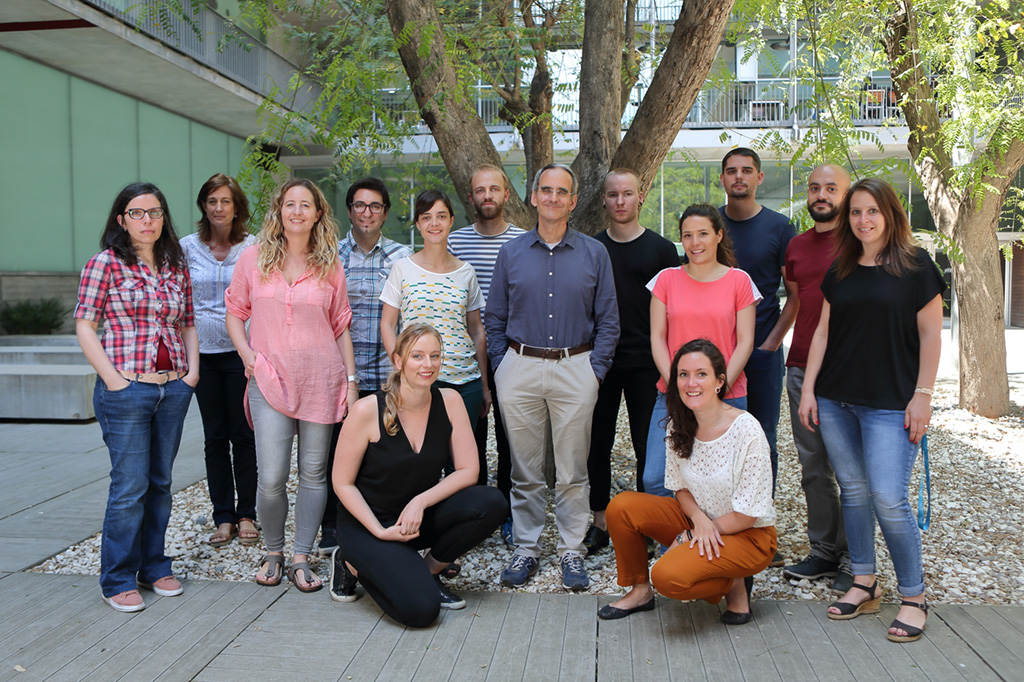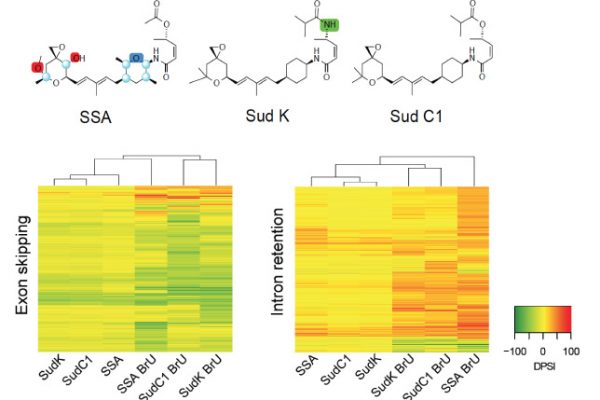GROUP LEADER:
Juan Valcárcel (ICREA Research Professor and Coordinator of the Gene Regulation, Stem Cells and Cancer Programme)
STAFF SCIENTIST:
Sophie Bonnal
POSTDOCTORAL FELLOWS:
Gwendal Dujardin, Jordi Hernández, Keiko Horiuchi (until October 2017), Estefania Mancini (since February 2017), Malgorzata Rogalska, Luisa Vigevani (until August 2017)
PHD STUDENTS:
Simon Bajew (since October 2017), Caterina Colì, Irene López (since October 2017), Elena Martín, Claudia Vivori, Tobias Hoffmann
TECHNICIANS:
Belén Miñana, Anna Ribó
VISITORS:
Agnes Mereau (since August 2017)

